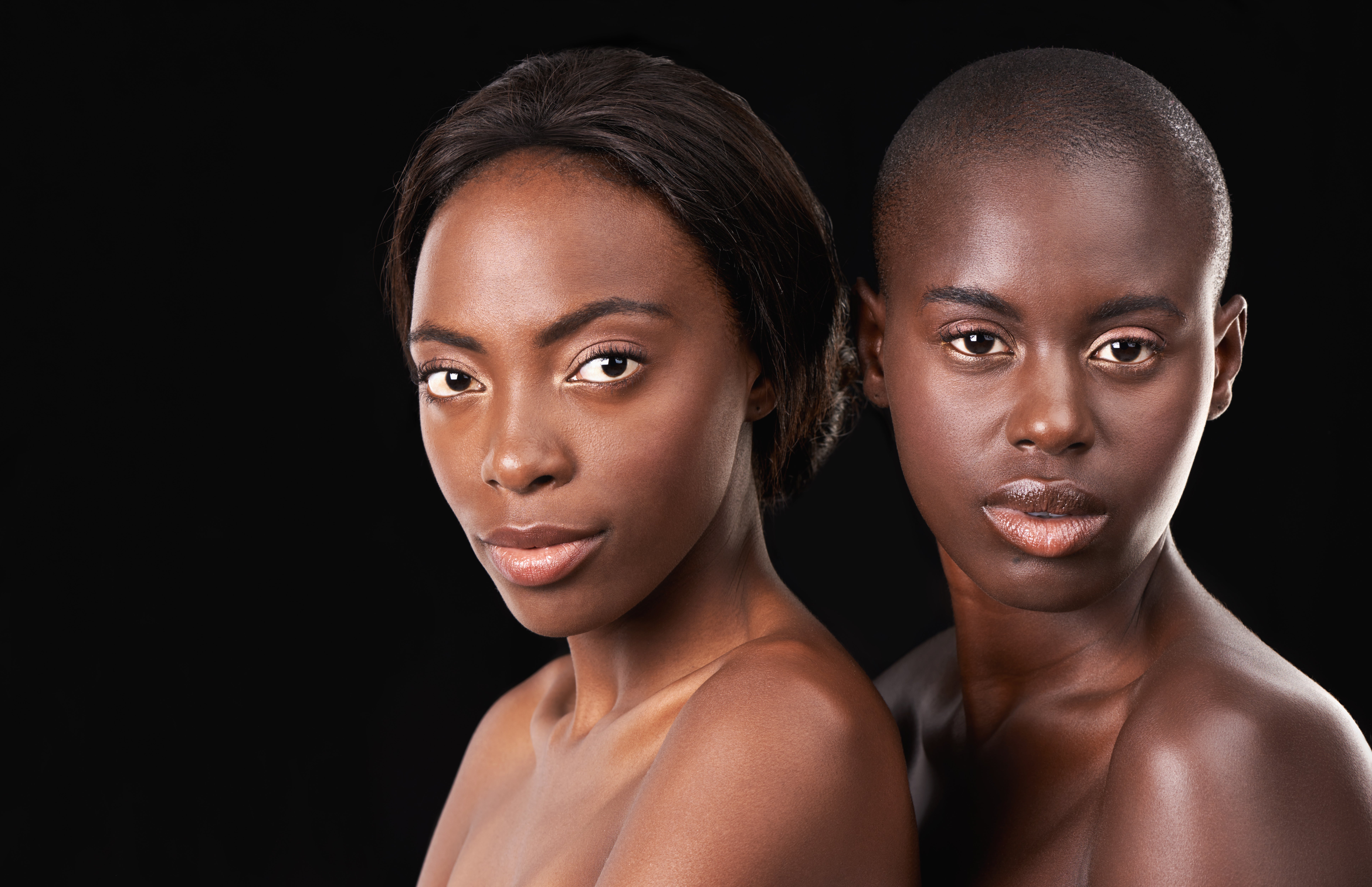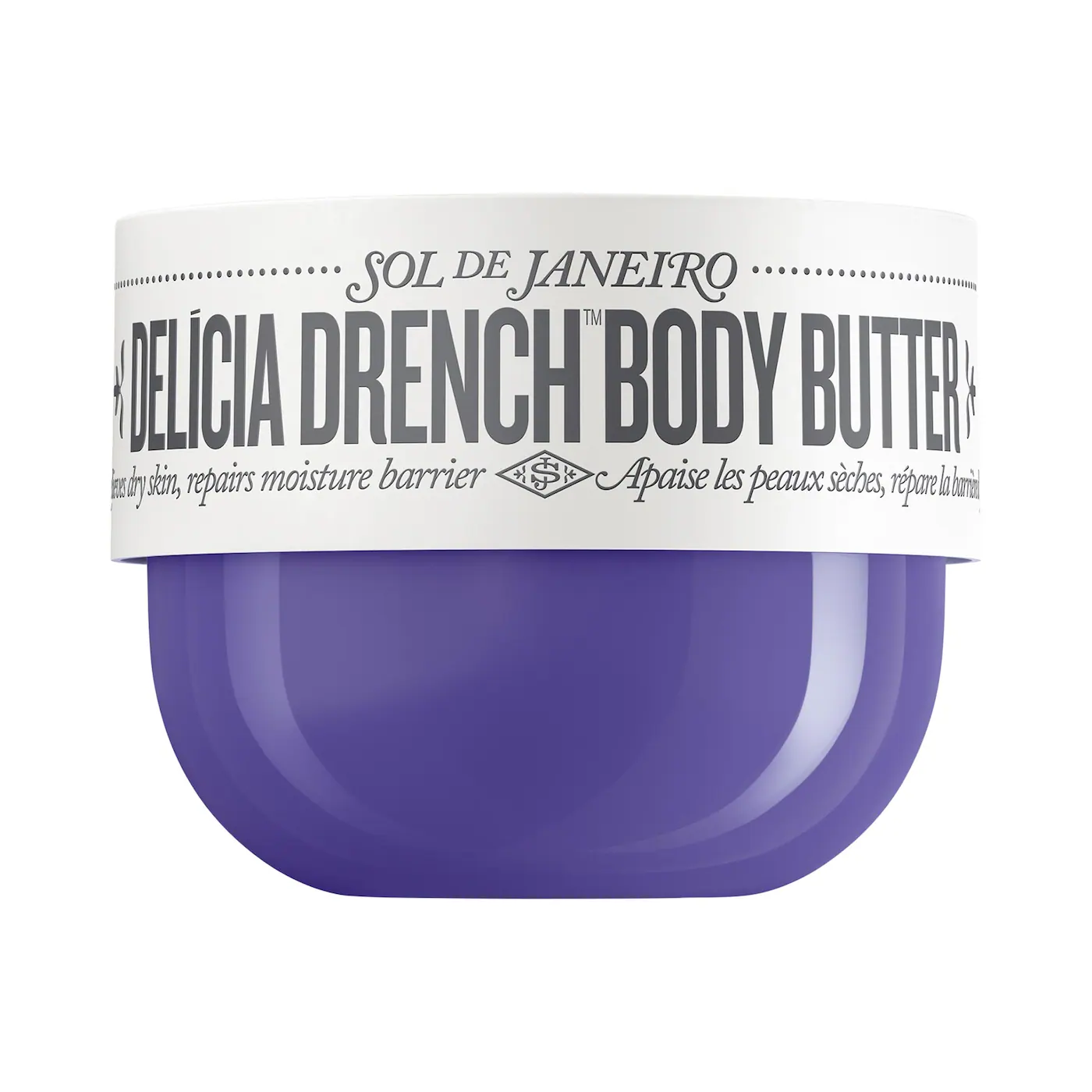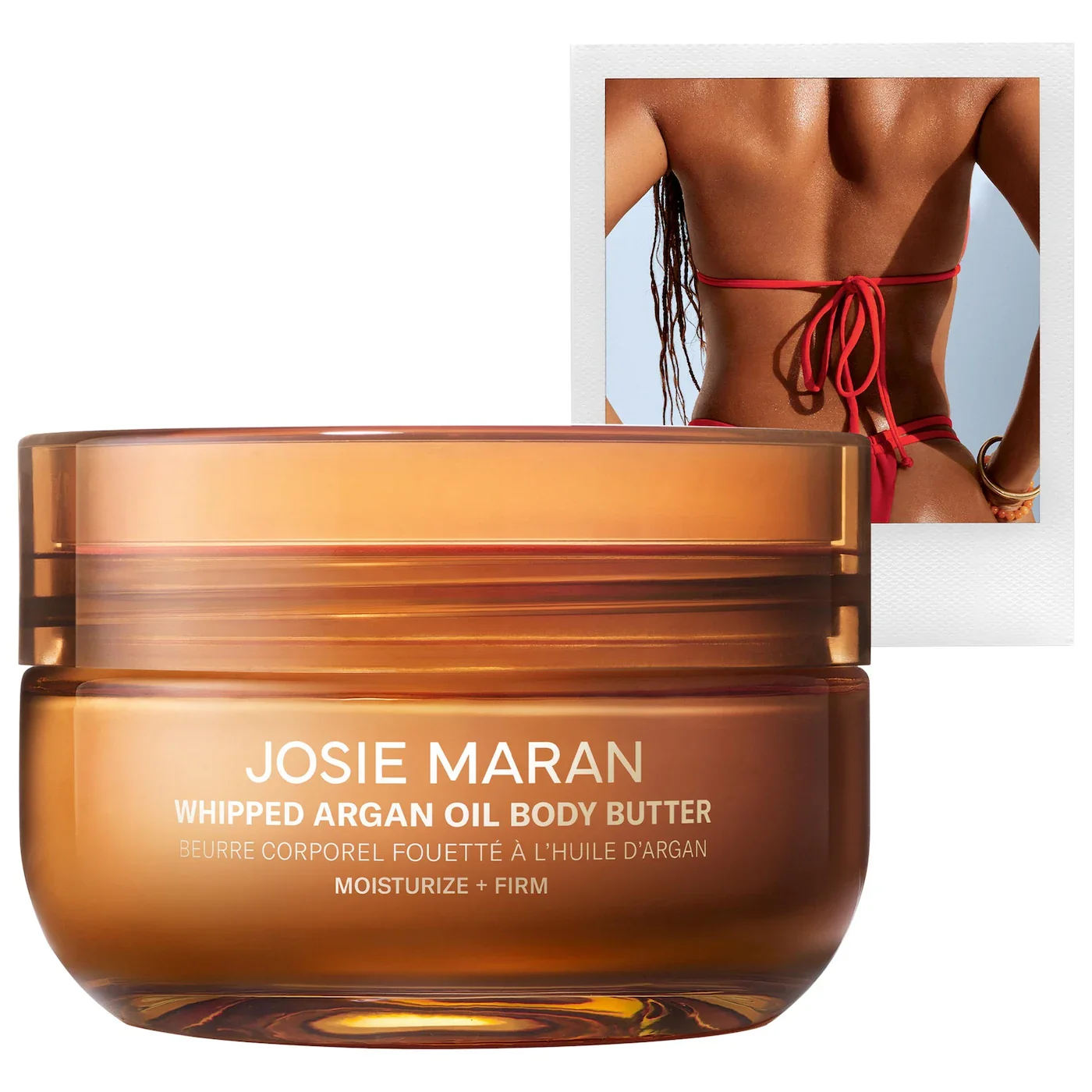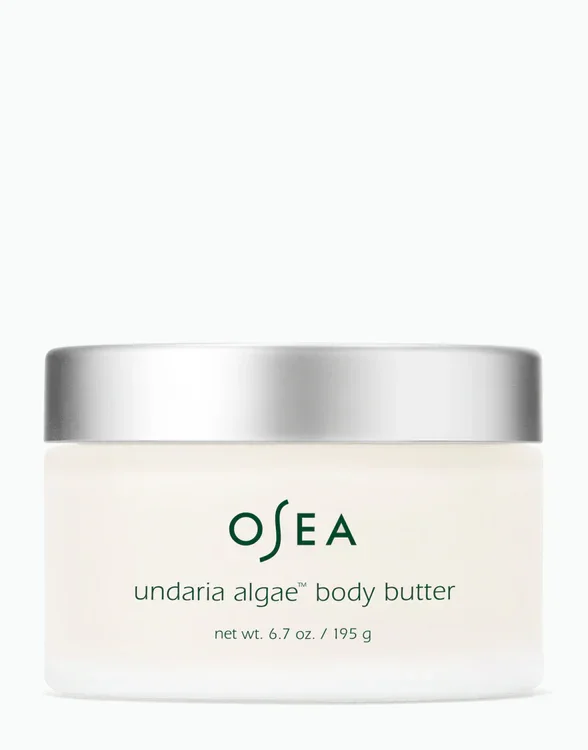
If you aren’t an avid beauty girl, it’s likely that you’ve heard of the term “undertone” in passing, but you aren’t entirely sure what the word really means. No worries! We sought out two skin care experts and beauty gurus to take the all the mystery out of undertones and (hopefully) solve all of your makeup application woes. But first, let’s define undertones.
Tiffany Torrence, licensed aesthetician, makeup artist and founder of the Skin and Body Klinic, broke down the meaning of undertone and how it’s different from your skin tone.
“Skin tone and undertone are not the same thing,” Torrence explained to ESSENCE. “Skin tone can change over time for a variety of reasons, but undertones remain constant (yes, even when you tan). Understanding your undertone is the difference between a flawless makeup application and looking too made-up.”
Kourtney Willis, aesthetician of Downtown Dermatology in Columbus, Ohio, added that “undertones [as the name suggests] are the colors underneath the surface of your skin.”
Which means that, yes, it’s possible to have the same skin tone as someone else, but have a completely different undertone.
According to both Willis and Torrence, there are three undertone colors: warm, cool and neutral.
- Warm: If the base tone of your skin is yellow or gold, you have warm undertones.
- Cool: If you see hints of blue, pink or red, then you have cool undertones.
- Neutral: If there’s a mixture of both warm and cool hues, or your undertone is the same color as your actual skin color, then you fall into the neutral category.
We should point out that another misconception concerning undertones is that fair-skinned girls can’t have warm undertones or dark-skinned women of color can’t have cool tones. That couldn’t be further from the truth. In fact, superstar model Alek Wek is a classic example of someone with darker skin having cool, bluish undertones. And, Beyoncé, for example, has a warm undertone.
Okay, now that you’ve read this far, you’re probably wondering how you can actually tell whether you’re warm, cool and neutral. Well, it’s quite simple. Torrence advises looking “through your skin” at the inner part of your arm and at the veins on the inside of the wrist. The color of your veins will help you determine your undertone.
“If your veins appear to be green, it’s safe to say that you have more warm undertones,” suggested Willis. “If they are bluish and purple in color, then you have more cool undertones.”
You can test whether you’re neutral by looking at how your skin and face look against bright white and black shades, or more subtle shades like tans, browns and ivories. If you look best in neutral white or black, you’re more on the cooler end of the spectrum, whereas if a neutral tone like brown is more flattering, that’s a sign you’re more warm.
Another easy trick that Willis and Torrence recommended was the jewelry test.
Per Torrence’s recommendation, place a piece of jewelry up against your skin. If gold looks more flattering, you’re most likely a warm undertone. If you find that silver looks better on you, you’re more apt to have a cool undertone.
“Figuring out your undertone will help you find the best foundation color, lipstick, eyeshadow and any other cosmetic product,” Willis stated.







Speaking of cosmetics, when trying to find the perfect shade of foundation, Torrence provided this useful tip that will help you the next time you’re overwhelmed at the makeup counter.
“Pick one shade that matches your skin tone from both the warm and cool undertones,” Torrence said. “The shade that disappears in the skin is a match. Just remember to test your foundation color on your lower neck and chest area.”
Regardless of what your veins suggest, though, it’s all about choosing the makeup shades that you feel best shows off your poppin’ melanin, in all its glory.






